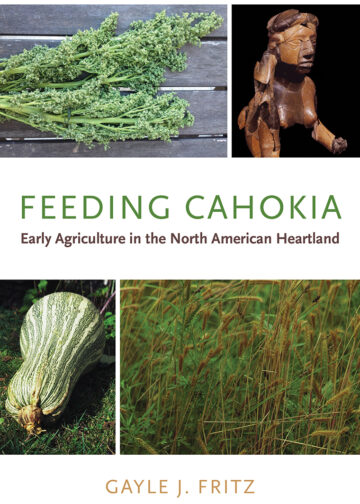Archaeologists have struggled to explain the rapid rise and fall of Cahokia — the mysterious Mississippian mound-building culture that sprang up about a thousand years ago in the fertile southern Illinois bottom lands just across the river from modern-day St. Louis.
Scholars have painted the civilization as a hierarchical, highly centralized society where ruling elites demanded tribute from lowly peasant farmers who toiled in a culture spiritually obsessed with and highly dependent upon the cultivation of corn.
While there’s little doubt that farming was the civilization’s lifeblood, a new book by a paleoethnobiologist at Washington University in St. Louis offers a compelling case for a much different understanding of the Cahokian culture.
The book also offers a road map for the rediscovery and possible recultivation of an array of highly nutritious wild food sources, including a North American cousin of quinoa, that were once a staple part of the early American diet.
“The real story of Cahokia is about much more than maize and decisions made by a small group of elites,” said Gayle Fritz, professor emerita of anthropology in Arts & Sciences and author of “Feeding Cahokia: Early Agriculture in the North American Homeland” (2019 University of Alabama Press).
Read more in The Source.
